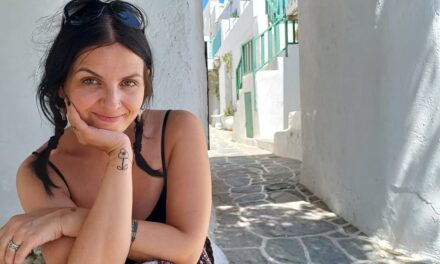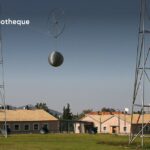Athena Psyllia has been working as a psychologist and as a translator of Portuguese-language literature for the past 30 years. She has translated works by José Saramago, Gonçalo M. Tavares, António Lobo Antunes, José Luís Peixoto, Dulce Maria Cardoso, José Cardoso Pires, Ondjaki, Jorge Amado, Bernardo Carvalho, Raduan Nassar, Paulo Scott, and Paulina Chiziane.
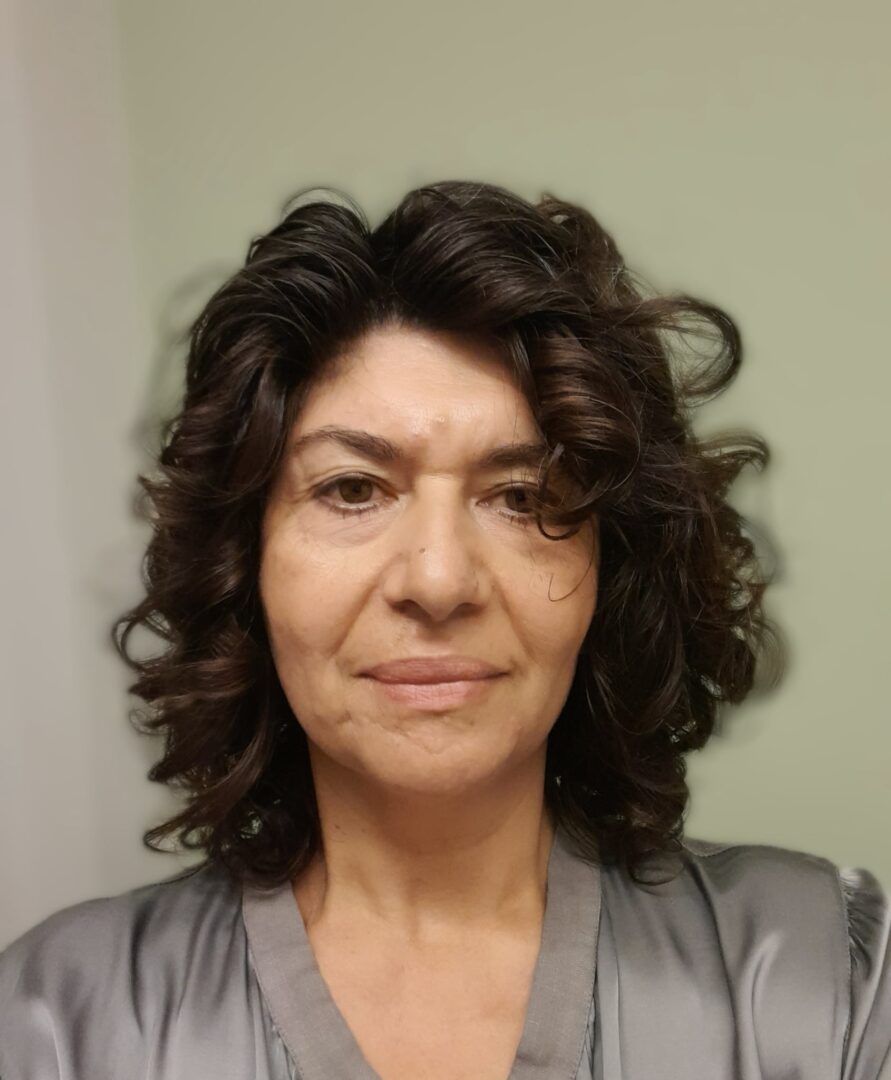
She has worked in institutions focusing on deinstitutionalization, addiction recovery, research, child protection, and in private psychotherapy practice. She is a graduate of the Department of Psychology of the School of Philosophy, Education and Psychology at Aristotle University of Thessaloniki. She pursued further training in psychology as a scholarship holder at the University of Lisbon, where she also attended courses in language, literature, and translation. She specializes in systemic therapy, psychological assessment, and counseling for substance dependence. She is currently a postgraduate student in Gender Studies at the Hellenic Open University.
What made you turn to literary translation?
It was a long process that led me to literary translation. As a child, my English and French lessons were the highlight of my week, and I was an eager reader of literature by the age of 12. When I was 17, I started learning Russian, hoping to read literature in the original. I studied psychology at the Philosophy Department of Aristotle University and had the opportunity to learn Portuguese during Erasmus and a postgraduate scholarship at the University of Lisbon. Upon my return, I brought back several books of Portuguese literature with the idea of proposing them for publication to editors in Greece. My dear friend Alexandros Panoussis, who was working at the time for Kastaniotis Editions as a proofreader, told me that the editor was looking for translators for José Saramago’s The Gospel According to Jesus Christ. I submitted a sample of my first translation, carefully corrected by my friend -and now co-worker ever since- and I got my first assignment! I cannot explain why, but foreign languages and translation were my favourite play as a child and remain so today.
Which have been the main challenges you were faced with throughout your decade-long involvement in literary translation?
During my three decades in literary translation, the challenges have varied considerably. It has been both challenging and very creative to combine my translation work with my primary field, mental health. Translating has also been financially challenging. Moreover, there is never enough time for revision. Ideally, I would like to let my translations “ferment” for a year before revising them. Sometimes there are too many work offers, and sometimes too few -or none at all. But let me be clear: if luck has ever stood by my side, it has been in my work with translation. In 1996, when I started, very few works of Portuguese literature had been translated into Greek. My wildest fantasy was to translate ten excellent books by contemporary authors. Kastaniotis Editions and Antaios Chrissostomides gave me the chance to make that fantasy a reality in a very short time.
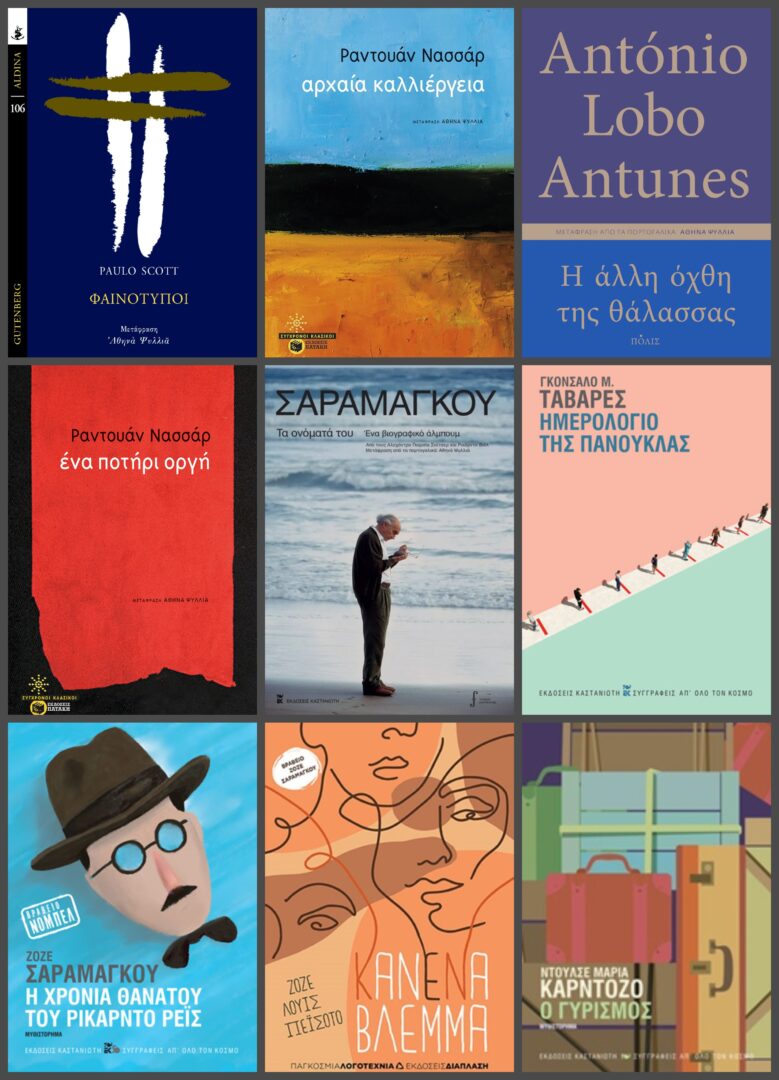
You have translated more than 30 works of Portuguese literature, among them a large part of the works of the Nobel laureate José Saramago. How demanding is translation of such major works of literature?
By now, the number has risen to 45–47, if we count the next book to be published and a translation that was commissioned and paid for but never published. It was mostly delightful. Among Saramago’s books, Blindness was the most demanding because the content was very upsetting. Cain was difficult for me, as it was his last book, which I was translating when I learned of his death. Translating is an act of concentration and even meditation; some books require more meditation than others.
How would you comment on the relation between a writer and his/her translator? Could it be described as a gradually developing love affair?
No, I would describe it as a relationship of comradery. The authors I have worked with are very attentive; they answer my questions immediately and always acknowledge the work of translation. On my side, I am protective: I ensure that the book comes out as they want it, I ask about their intentions and preferences, and I try to fulfill them. That said, there are a few authors I have never tried to contact, e.g., António Lobo Antunes, whom I have met in person but who does not use a computer, and Raduan Nassar, a very private person.
Most scholars reckon that the content of a book cannot be separated from the particularities of the language that gave it shape. In this respect, where does the role and responsibility of the translator lie? Can translation ever be unethical?
I find it unethical to assume that my opinions are more relevant than the author’s. I also find it unethical to translate from a colonizing perspective- simplifying things and not bothering to bring the cultural references to readers.
Despite their arduous and pivotal work, translators usually remain invisible: their names are often not even mentioned, while they are ignored by critics and readers. What could be done to bring translators to the forefront?
I agree that our work -and consequently our names- remain invisible. However, I don’t feel I am the right person to answer your question; I haven’t done my share to change things, and I regret it.
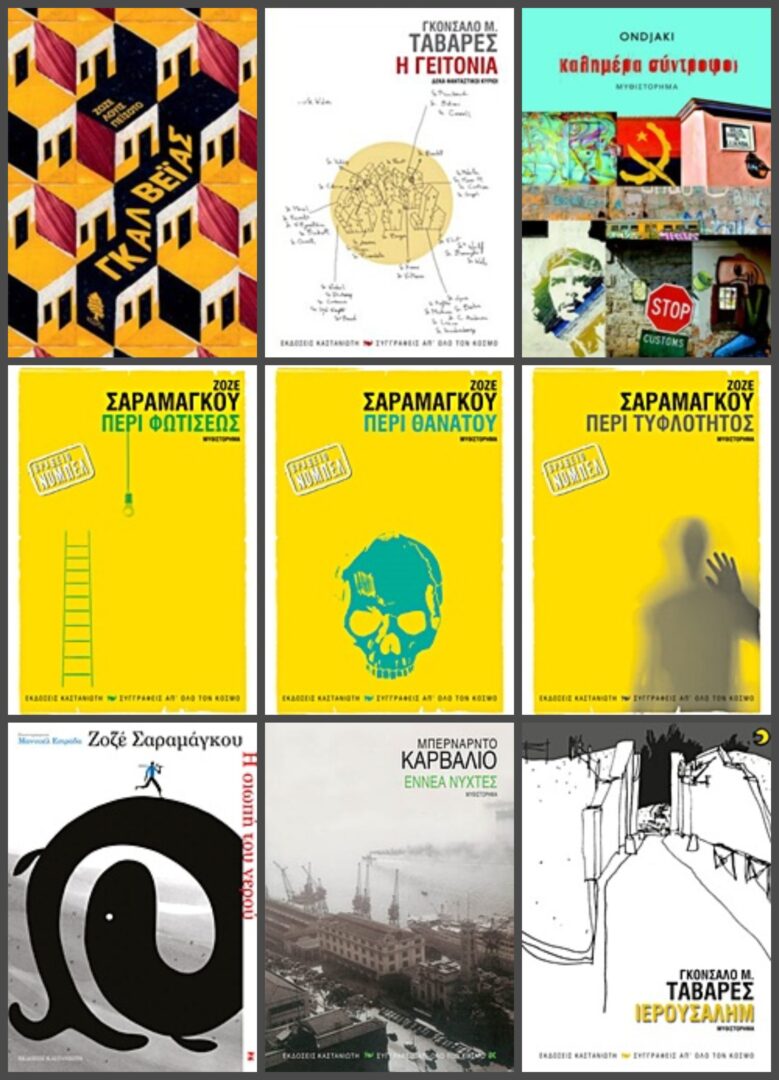
With AI-powered tools becoming increasingly sophisticated, what challenges and opportunities do you think this presents for professional translators today?
Again, I don’t have definitive answers. I am reading about it and trying some AI-powered tools to see what they can do for me, and I have been impressed- not in literature translation, though. Both my jobs (psychotherapist and translator) are somehow threatened with radical change, and I am not sure to what extent I will be willing to follow this change.
Could translation contribute to a better understanding between cultures and translators act as cultural ambassadors between countries?
I believe that my original motive for translating Portuguese literature was exactly that: I was passionate about Portuguese literature and culture, and I needed to share my passion. There are also some very passionate people working in the cultural sectors of both the Embassies of Portugal and Brazil; they have been very resourceful and imaginative with the events they host, and I participate whenever I can.
*Interview by Athina Rossoglou
TAGS: LITERATURE & BOOKS | READING GREECE

